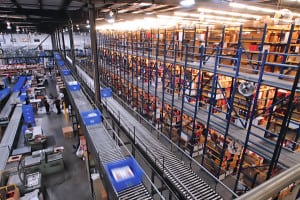
Is Your Ecommerce Fulfillment Center Ready for a Recession?
Building operational resilience and developing problem/solution scenarios for your ecommerce fulfillment center prior to a recession will allow you to be nimbler. Have a plan vs. just hoping it doesn’t occur; hope is not a strategy. Include department heads early, identify areas to review and develop a course of action.






